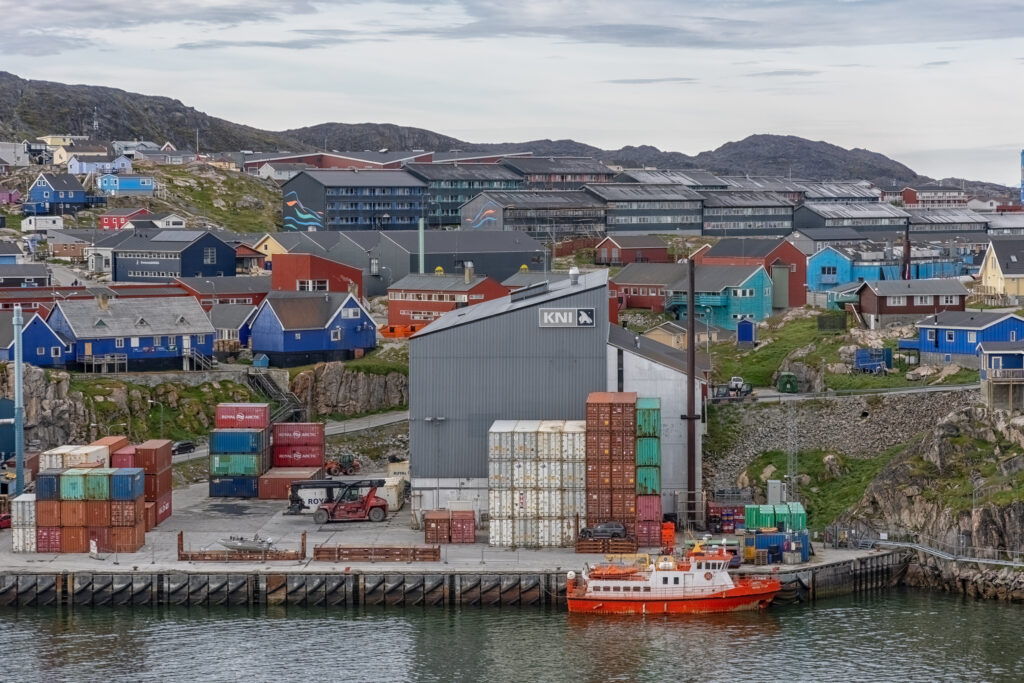
This day rose with blue skies, decorative clouds, and a little wind. I spent it mostly alone, as soon we will be shipboard, and then there will be no escaping other people. While I can be social, my energy ccomes from solitude. Sometimes I need to remind myself that I enjoy company and that going out is good for me. There will be plenty of contact and conversations once we are all on Skydancer, so I will be out alone today.
There are two things I want to do. The first is walk around town to get a sense of the similarities and differences with Longyearbyen. All Arctic towns have to have some similar solutions, but how they are the same and how different is interesting to me. I don’t have enough time to really explore in depth, but I will do what I can.
The second is I want to hike out to the Icefjord. I have never seen anything like, and it is so vast I am not sure how to see it, never mind make images of it.
This blog post is about goal #1. Exploring the town.
Ilulissat is twice the size of Longyearbyen, but while tourism is now the major industry, there’s still some fishing, and it’s the bureaucratic center for Avannaata municipality. It is the third largest city in Greenland. So while I saw sporting goods and souvenir shops, I also saw multiple grocery stores and a fish processing plant. You can smell it before you see it.
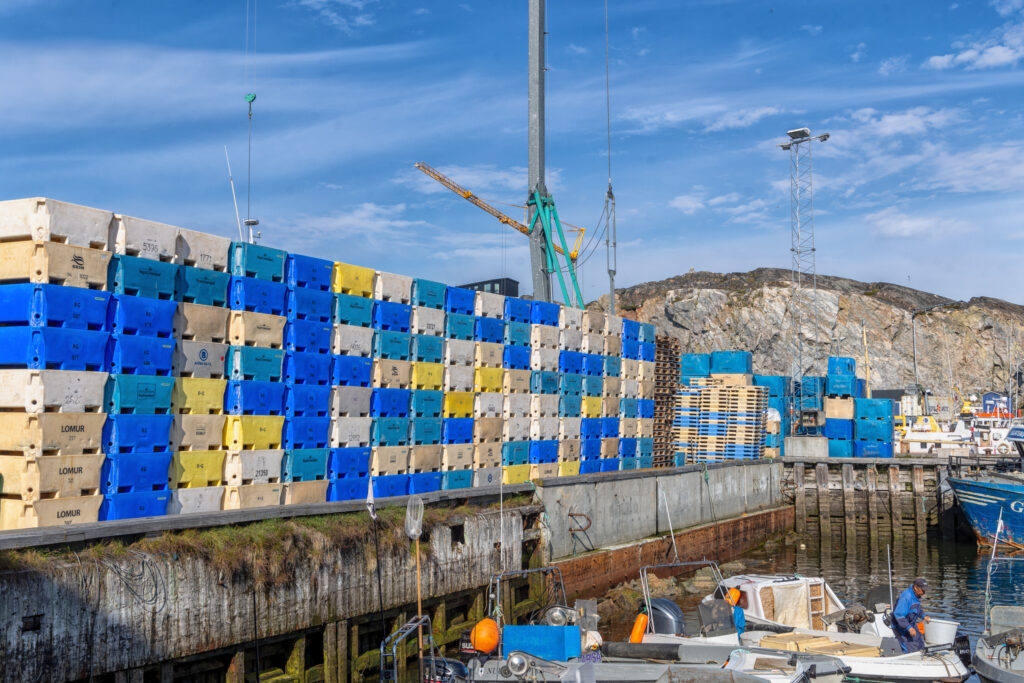
There were similarities in infrastructure. Heating/water pipes run through the town. But where Longyearbyen’s thick pipes bulldoze straight ahead the pipes here are more slender and cling sensually to the curves of the shield rock. There were a lot of people out walking. Because this is a permanent town and not a transient town there are old people with walkers and wheelchairs as well as plenty of babies and children.
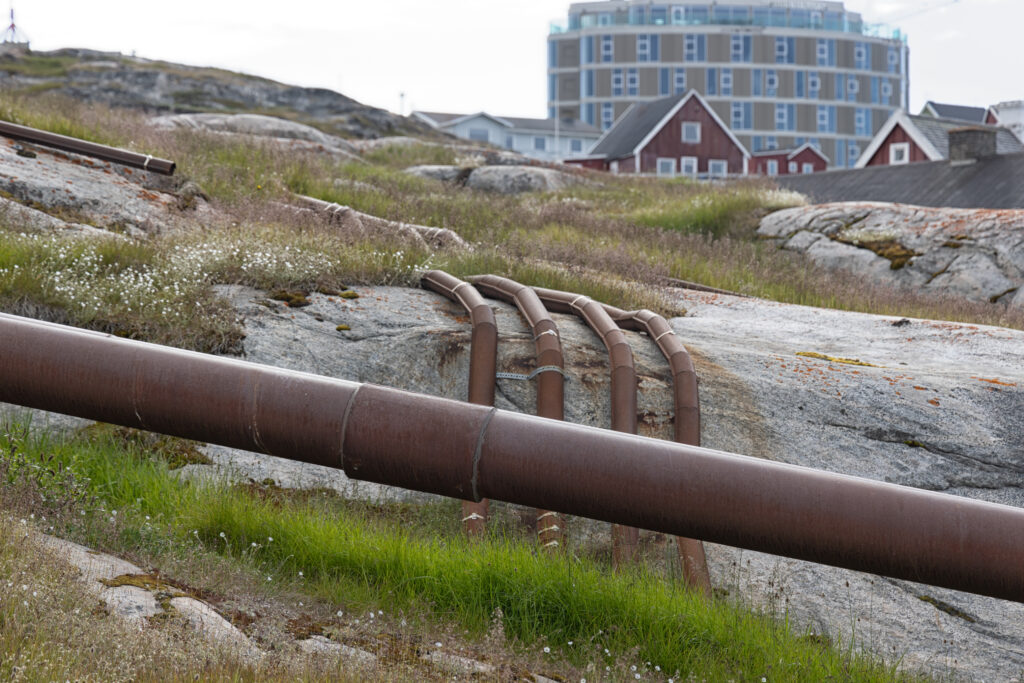
Dogs here are working livestock, not pets. They are kept chained to their houses and there are signs advising you not to pet them. Puppies and young dogs roam free, and are not interested in human society. Only Greenland dogs are allowed on Greenland so that the breed is kept pure. Most of the dogs are a yellowish white color, but some are striking in black and white. I saw a few cats wandering the streets. I assume they keep a safe distance from the dogs.
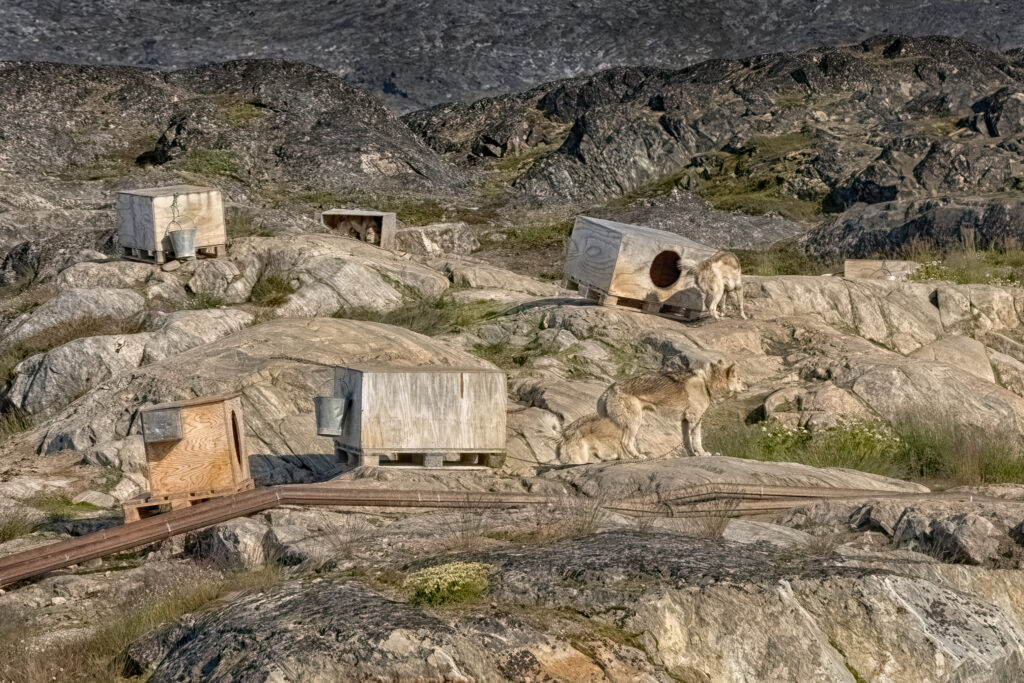
The houses reminded me of Longyearbyen in that they’re brightly colored. But while the colors in my town are intentionally designed color harmony from its days as a company town, in Greenland the house colors are part of its colonial history. Originally the houses were sent from Denmark as kits, and the five colors (red, blue, yellow, green, black) were coded so that you easily knew what house to go to depending on the service you needed. Red buildings were churches, schools, teachers, and priests. Blue houses were for fishermen and fish processing employees. Yellow was for doctors, nurses, and hospitals. Green was where a mechanic or engineer or communications person and their family lived. Black houses and buildings were for the police.
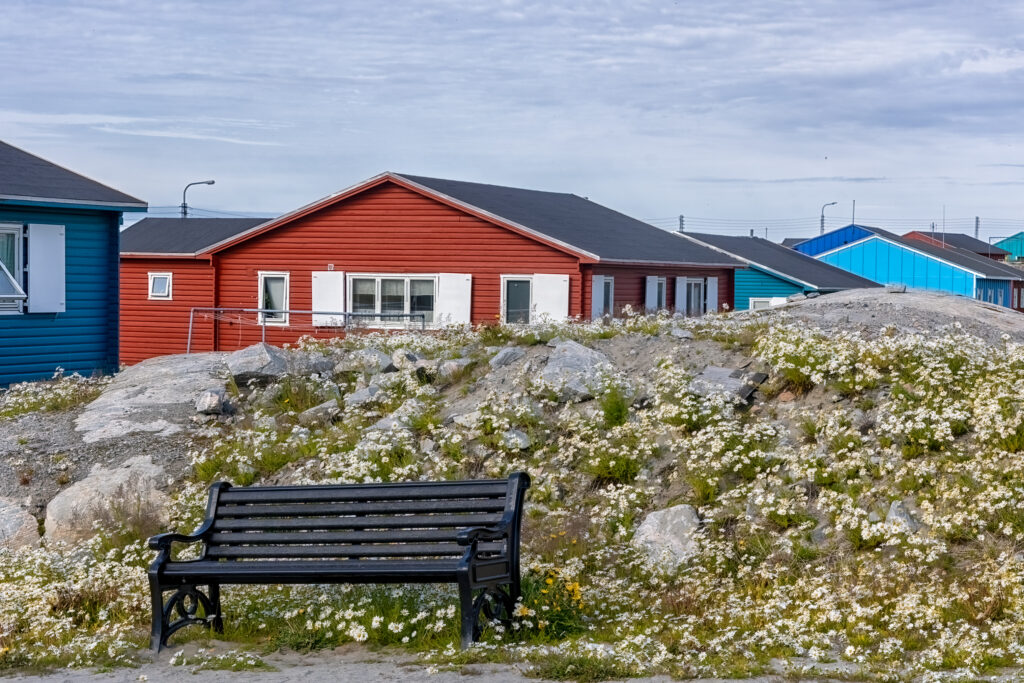
This system is no longer used, and many other bright colors have been added to Greenland’s colorful villages. Lavender, teal, gold, orange. Bright colors are preferred, but there is still a dominating number of red and blue houses harkening back to the old days.
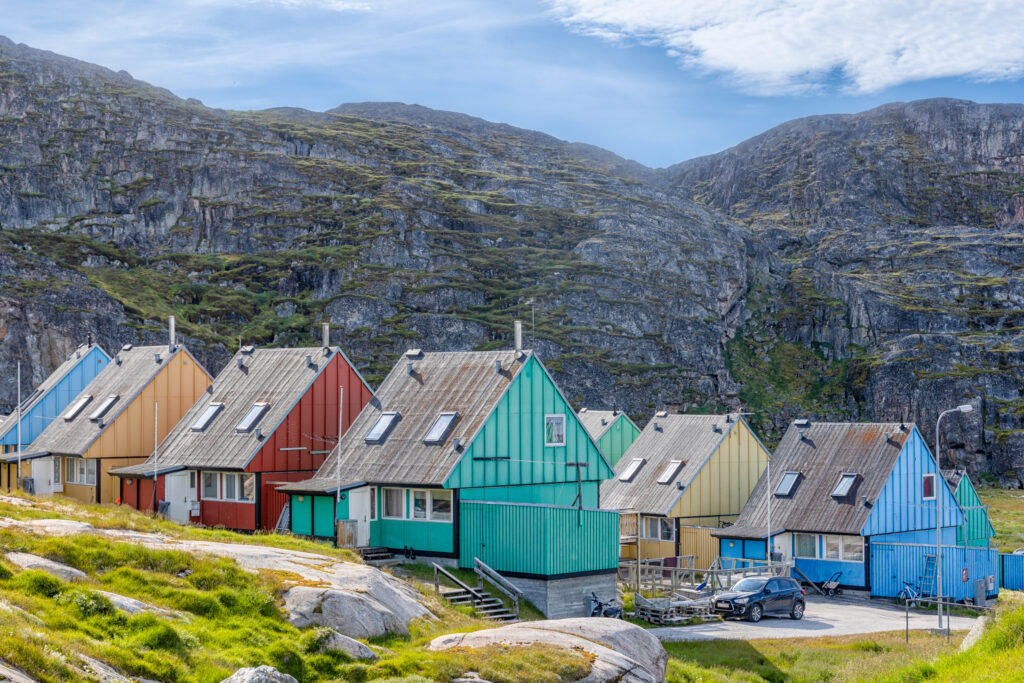
There were some large apartment buildings that I wondered if those were housing estates as well as many, many individual houses, all with pipes snaking up to them. Because they aren’t built on permafrost some of the buildings are quite large, including one “skyscraper” hotel which was a Best Western to my surprise.
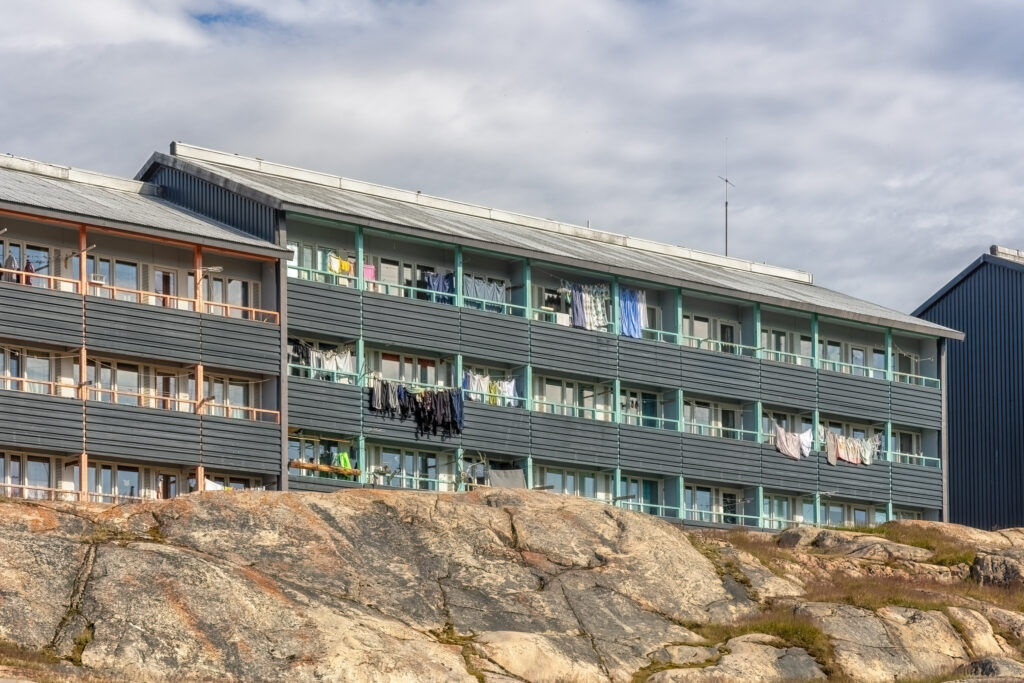
I was also surprised by the age of this town. I walked all through town to the black church by the water’s edge and was surprised to see that it was founded in 1779. I knew that Greenland has been inhabited by Greenlandic people, and then by Icelandic vikings, and then the Danish, but I hadn’t realized how early Danish occupation happened. That was interesting for me.
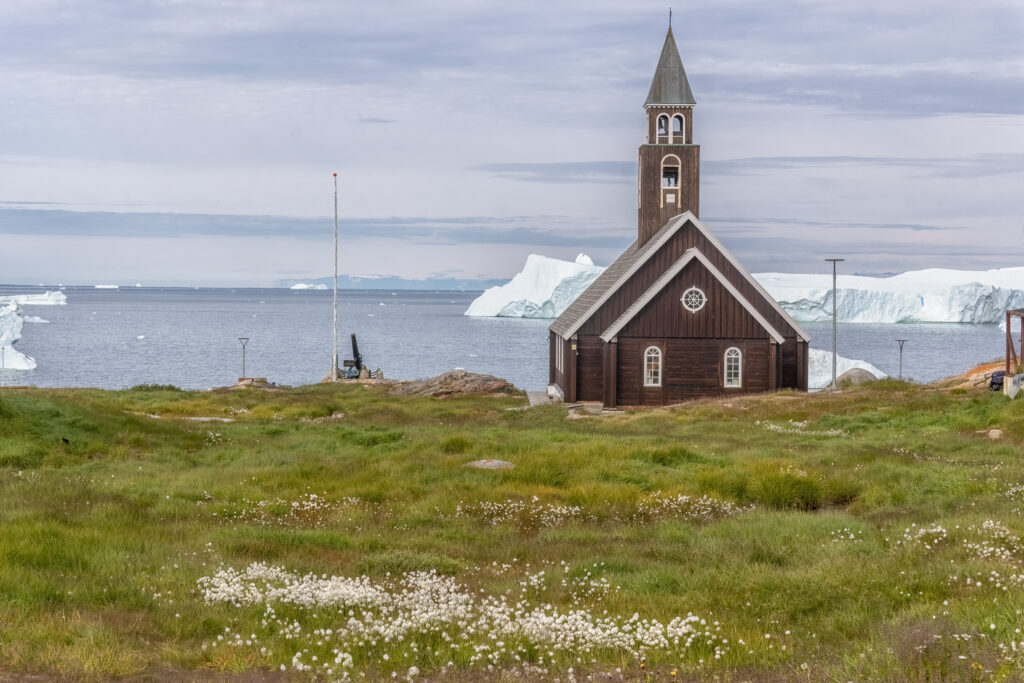
As always, this part of the day was a reminder that while we take our own ideas of the Arctic with us, what we think we see and what is actually there may be only slightly related. As beautiful as it is, these are places where people live their lives and struggle with bills and romance and shopping and no doubt complain about work. They have their own relationship to this place that I will never have, the same as my relationship to Svalbard is something no visitor can have either. Here I am the tourist, and I must respect these differences.
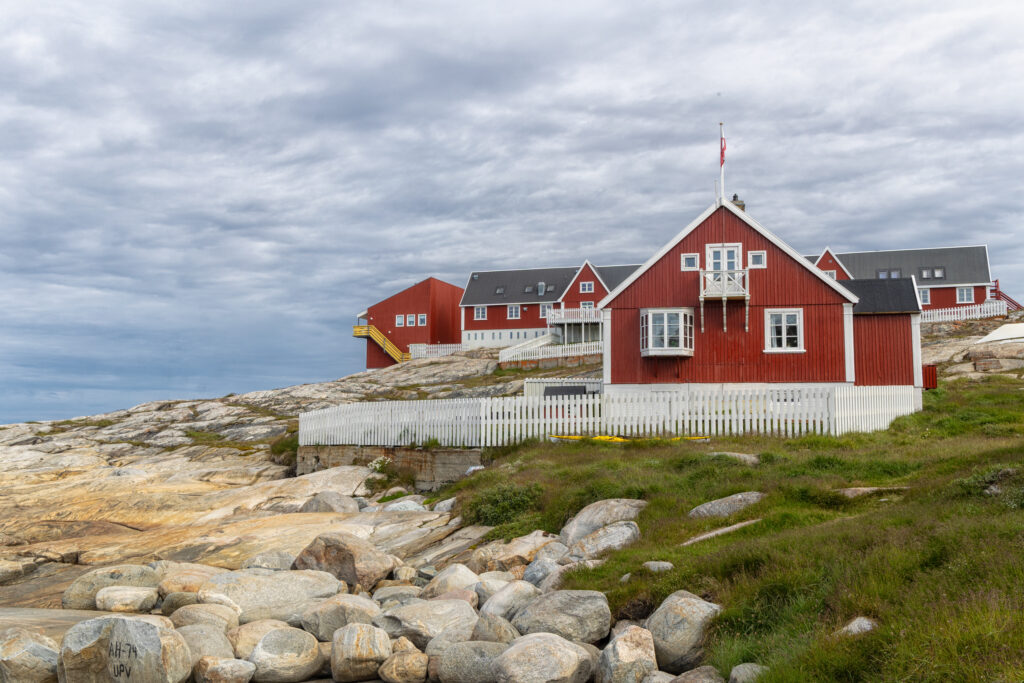
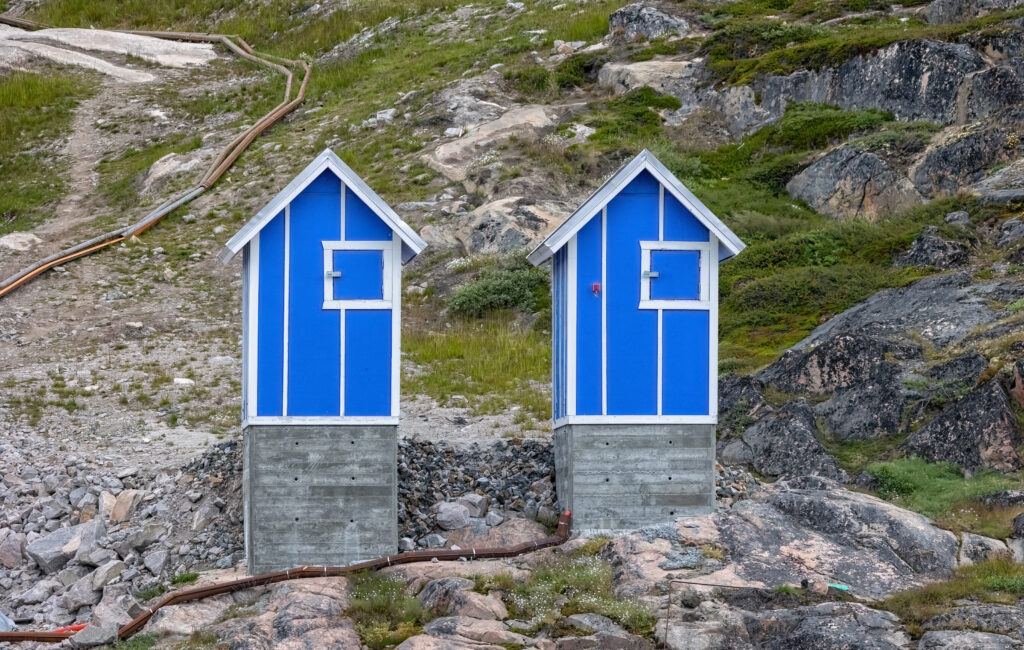
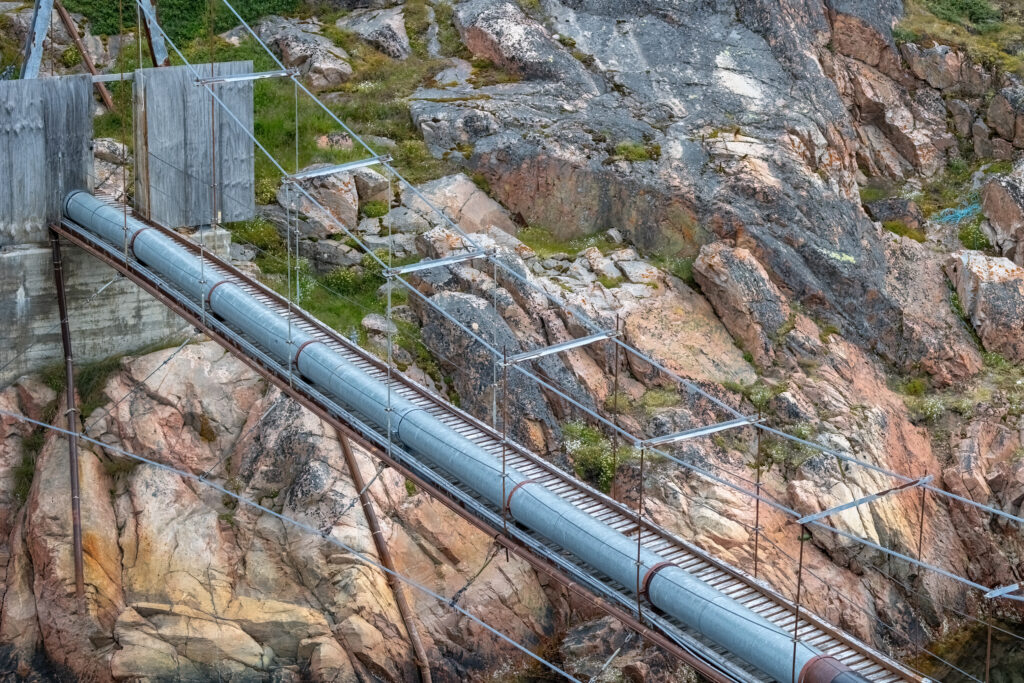
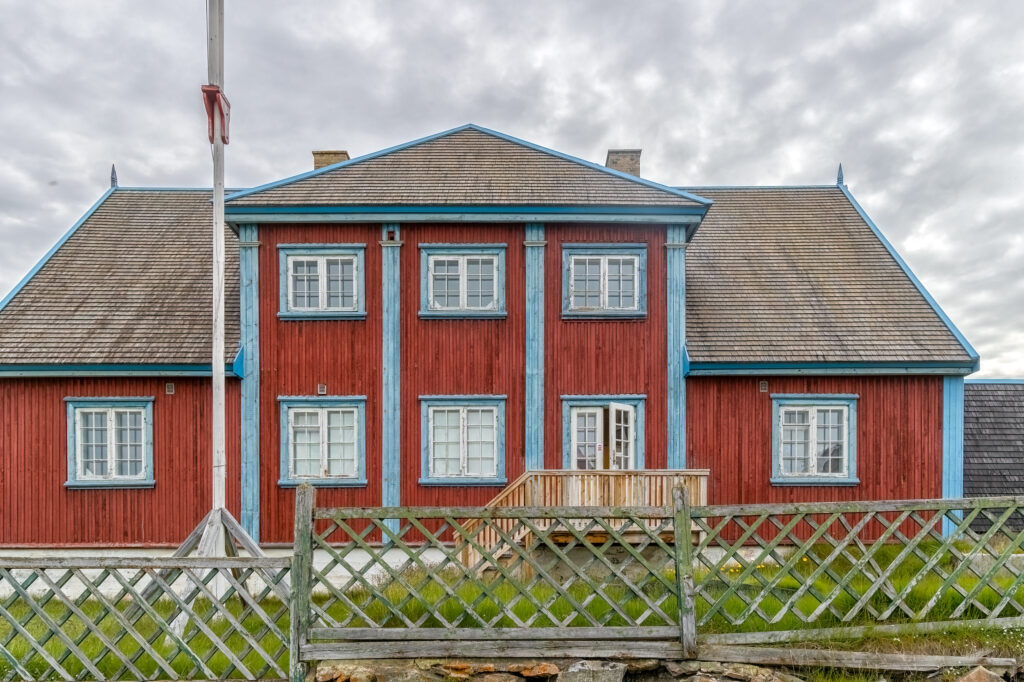
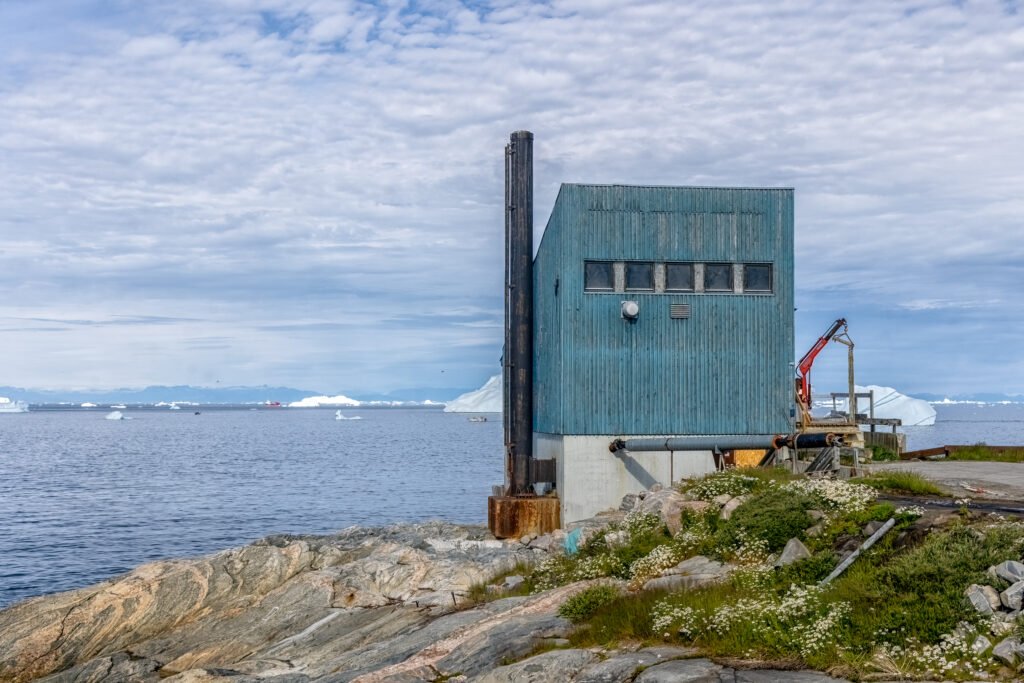
After walking through town and thinking about the complexities of this place I started walking to the energy plant where I would pick up the yellow trail to the Icefjord. And that story is for another day.